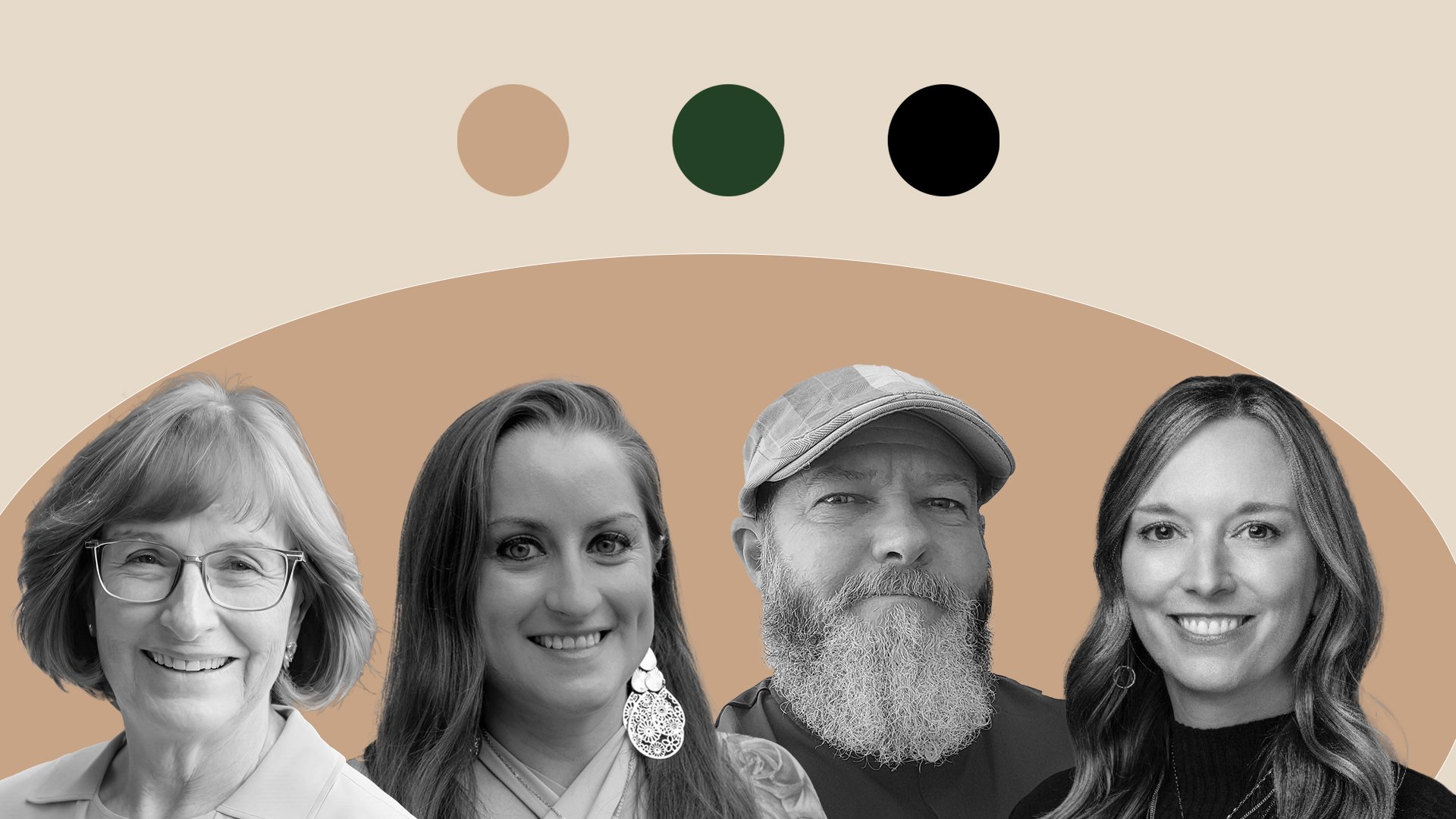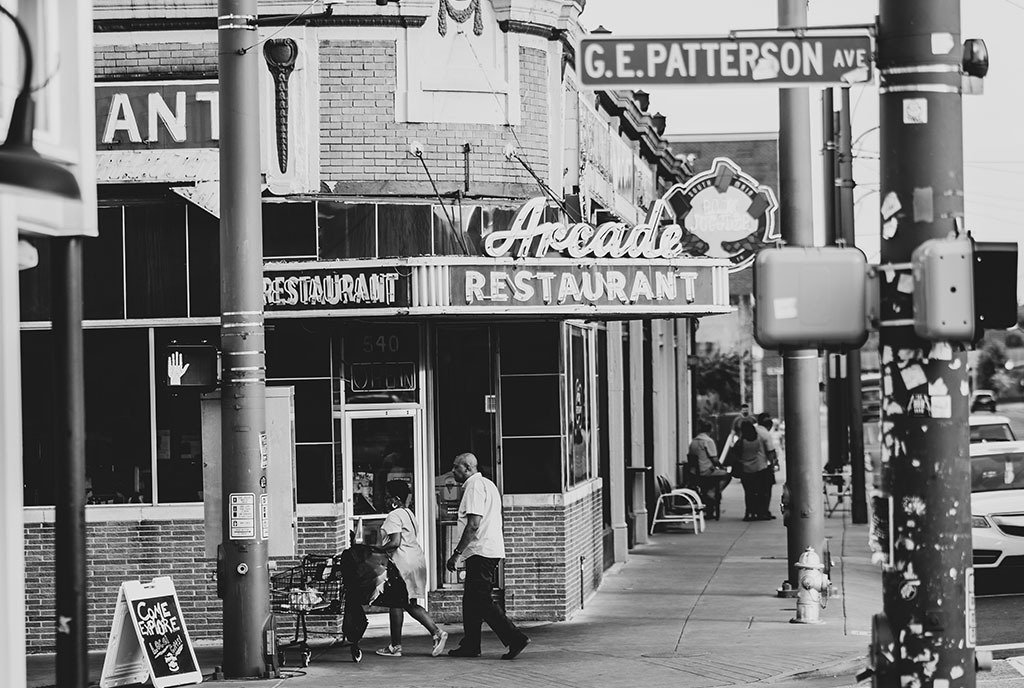

One goal of solidarity economy advocates—and of co-op supporters more broadly—is to create a world where the benefits of business ownership are widely shared. This is not the norm today. Large corporations account for nearly half of US private sector employment, and within the corporate sector, a relatively small number of corporations predominate. A 2024 Oxfam report, citing data from University of Chicago economists, noted that “the top 1 percent of US corporations own 97 percent of corporate assets” while “0.1 percent owns 88 percent of the nation’s corporate assets.”
Ownership is also highly concentrated. Economist Edward Wolff, using 2019 Federal Reserve data, calculated that 38.9 percent of all stock is owned by the wealthiest 1 percent. Corporate assets alone, the Federal Reserve reports, presently total $50 trillion—or nearly twice the nation’s annual gross domestic product and more than 12 times the total net worth of the least wealthy 50 percent of US households. The level of concentration of wealth, in short, is astonishing, and calls urgently for alternative economic models.
As Chelsea Robinson writes in her introduction to Assets in Common: Stories of Business and Community Leaders Remaking the Economy from the Ground Up, “The United States economy is overdue for a shift towards equity and democratic wealth building.”
The book Robinson edited contains over a dozen case studies that highlight how people are building that democratic economy today. Here, I focus on two of the book’s US case studies: Industrial Commons, a textile manufacturing network based in North Carolina; and Obran, a worker co-op holding company based in Baltimore that has gained national prominence.
“The United States economy is overdue for a shift towards equity and democratic wealth building.”
To delve into these cases, I interviewed Charity May, author of the case study on Industrial Commons, and Jay Standish, who wrote the case study of Obran. Both illustrate the ways that organizational forms can attempt to have sectorwide social and economic impact.
Rebuilding Manufacturing in Western North Carolina
When people talk about the historic decline of manufacturing, the focus is usually on the industrial Midwest—also known as the Rust Belt. But the manufacturing decline hit many regions outside the Rust Belt, including western North Carolina.
Molly Hemstreet of Morgantown, NC, a small city in the area with a population of 17,500, told a reporter at Forbes that at one point the broader metropolitan region “had lost 40,000 jobs in our community, a decline over about an eight year period.” All told, roughly half of the manufacturing jobs in the region had disappeared.
Since 2015, Industrial Commons [has] helped train 2,850 workers, while supporting 62 businesses and helping directly create 85 jobs.
In response, Hemstreet first created Opportunity Threads in 2008, a cut-and-sew worker co-op that sought to take advantage of the region’s textile manufacturing history and create the basis for local economic revitalization. The co-op itself reportedly employs 32 people. But Hemstreet, working with Sara Chester and others, later expanded the co-op into the seed of a much larger industrial strategy: two central elements of which are the Industrial Commons and the Carolina Textile District.
Since its founding, the Industrial Commons has grown from two staff members (Hemstreet and Chester) to 29, with initiatives that range from worker co-op incubation to the conversion of existing businesses to worker ownership. Other programs include a community land trust to support a housing co-op, programs that support workforce development, and the building of an economic development “innovation hub” to support emerging manufacturing and arts businesses.
In terms of incubating new cooperatives, there have been a couple of success stories: Material Return, a worker co-op specializing in textile reuse, and Good Books, a worker co-op accounting firm. In both cases, the businesses were founded out of Industrial Commons to meet identified ecosystem gaps. Since 2015, Industrial Commons estimates that they’ve helped train 2,850 workers while supporting 62 businesses and helping directly create 85 jobs.
Industrial Commons is also developing over 38 acres dedicated to the planned worker education and training “innovation campus,” and a 55-unit limited equity housing cooperative.
As May writes, “The Industrial Commons operates as a multi-stakeholder network of enterprises.” Legally, it is set up as a 501c3 nonprofit, with Hemstreet and Chester acting as co-executive directors. May adds that Industrial Commons “is also the single-member owner of the for-profit Carolina Textile District LLC, which operates as a member-governed manufacturing network for the region.”
The Carolina Textile District is integral to the operation. Structured as a cooperative, the member-owners are area textile-sector businesses, including both cooperative and non-cooperative businesses. This, May emphasizes, is part of a “blended approach.”
“The role of that organization is to aggregate opportunities within the textile industry and distribute to smaller scale manufacturers based on their capacity,” May adds. The result, she notes, is to build a “broader ecosystem” that allows the nonprofit to raise philanthropic support and government grants, while also fostering a regional manufacturing ecosystem.
Creating a National Worker Cooperative Holding Company
While the Industrial Commons achieved impressive growth and impact, it is very much a focused regional economic development strategy. By contrast, Obran has a broader vision, declaring itself the “first worker-owned cooperative conglomerate.”
Founded in 2019, Obran, as Jay Standish describes in his case study, is a mix of a “private equity firm and a worker cooperative…equal parts ambitious pragmatism and earnest idealism.” In short, Obran seeks to use private equity tools to acquire firms and bring them under a worker ownership umbrella.
To date, Obran reportedly has 500 workers in a few separate member cooperatives across the country. For example, while the firm was founded in Baltimore, among the firms in its worker-owned network is a logistics firm in Hawai‘i.
As Standish explains, “Obran is a worker-owned holding company for small- to medium-sized businesses that has done both their own internal startups as well as acquiring existing companies.”
Sign up for our free newsletters
Subscribe to NPQ's newsletters to have our top stories delivered directly to your inbox.
By signing up, you agree to our privacy policy and terms of use, and to receive messages from NPQ and our partners.
Standish adds that “part of the purpose of Obran is to benefit from the same economies of scale as large corporations, and that lends those organizations’ advantage,” while redistributing some of the benefits of that scale to workers. As Standish puts it, “Workers are the primary stakeholders rather than shareholders or the board [in] a traditional capitalist corporation.”
How is this done? As Camille Kerr, a board member of Obran, describes in a different case study, businesses in the Obran network are not legally set up as worker co-ops but rather as limited liability companies (LLCs) with worker control. Obran itself is a Limited Cooperative Association, a cooperative entity that allows for minority outside investor participation under Colorado state law and is owned by the member LLC companies.
Kerr writes, “All of the subsidiary companies are LLCs or traditional corporations. However, the operational businesses have worker representation baked into the governance structure. As a result, workers at the operating companies vote for both the board members at the company where they work day-to-day as well as for the board of directors at the parent organization.”
Obran has organized itself into three primary departments: home healthcare, logistics, and employment services. It also has a nonprofit division or “Institute” that seeks to build the field of employee ownership.
“Part of the purpose of Obran is to benefit from the same economies of scale as large corporations…while redistributing some of the benefits of that scale to workers.”
Kerr notes that the criteria behind selecting these three (and potentially additional) sectors are: “(1) the cooperative’s ability to manage companies in that industry successfully; (2) the health and growth profile of the industry; (3) the potential for Obran to transform the jobs in the industry; and (4) the relationship of the potential industry to the existing portfolio and potential synergies.”
Obran currently has four operating businesses: two home healthcare businesses (both based in California and acquired in part through a partnership with the nonprofit health giant Kaiser Permanente, which is supporting employee ownership), the logistics (shipping and warehousing) business in Hawai‘i, and a business designed to provide healthcare and other benefits for independent artists called TribeWorks.
The vision, however, is more extensive. As Standish notes, “It is pretty new in a lot of ways. Once there are 10 companies in each division, there will be more opportunity to think about how to integrate these companies.”
How the acquisitions occur is simultaneously one of the more creative and controversial parts of the operation, which involves using incentive payments for the division head who acquires the businesses.
As Kerr explains, “Each holding company director is eligible to receive significant incentive-based pay for growing the value of their portfolio. For example…if Obran Health goes from a $5 million portfolio to a $15 million portfolio over the next three years, [the division head] could receive up to $2 million (20% of $10 million).”
Kerr details that acquisitions involve a mix of Obran internal funds, bank loans (senior debt), seller financing (provided by the exiting business owner, who agrees to be paid back over time), and preferred (nonvoting) outside equity, with investors bought out and seller debt retired over a seven-to-10-year period. Growth alone won’t let the division head collect on this bonus; wages must increase to qualify.
Standish explains that the goal of the bonus payments is to “incentivize the type of person who might otherwise get a job at a private equity firm to be able to do these investment deals. How do we lure them into these cooperative structures?” The incentive structure, Standish adds, means that “you don’t have to give up the potential of having a higher salary. Your opportunity cost is not hit as much.”
Nonetheless, if expansion is successful, the division head’s potential earnings would be many times the worker earnings at network companies.
Lessons Learned and Ongoing Challenges
Both Industrial Commons and Obran illustrate how worker cooperative advocates develop new structures and strategies to expand the movement scale. Both also face a series of ongoing challenges.
For Industrial Commons, May identifies a few key lessons, including building an economic strategy around the community’s preexisting “seed” assets. In this case, those assets were the region’s deep textile industry knowledge and a willingness to stay focused on the mission of regional economic development. She also identifies some essential “tools” that helped make Industrial Commons, including creating a blended set of corporate structures—ranging from cooperatives to traditional private businesses to nonprofits. Attention to culture and leadership, May adds, is vital connective tissue among the different entities as a critical success factor.
May also notes one of Industrial Commons’ key challenges is that “they are reaching an inflection point [which] is distributing the leadership and leadership capacity.” May asks, “What does it look like to continue to grow and develop the organization, the impact, and its ecosystem in a way that is not wrapped around specific individuals?” Although not immediately pressing, the issue of “leadership succession” will be challenging for the co-op’s ecosystem in the coming years.
With Obran, the operation is at a somewhat earlier stage of development. Yet Standish already sees some important lessons emerging. For instance, “You can buy non-cooperative companies and absorb them and convert them into a cooperative structure.” Relatedly, “You can take an existing group and convert them [to worker ownership]. And do so with multiple companies, not just a single company.” Standish adds that many legal and financial tools are also being developed that will ultimately become resources to the field.
Regarding challenges, Standish says that the initial company that led to the formation of Obran, a staffing company owned by formerly incarcerated individuals, had to be shut down. While it is clear that, legally speaking, workers “vote on who is on the board and they can run for the board,” on a day-to-day basis, for workers, the companies can often feel “pretty similar to what they were before they converted to cooperative ownership.”
He elaborates, “You could look at Obran from the perspective of a hard-core solidarity economy worker cooperative movement perspective and say, ‘Hey, these guys are kind of corporate.’ Or you could look at it from a hard-core private equity investor perspective and say, ‘These guys are radical and sort of socialist’.”
Standish concludes by noting that the movement for economic democracy often advances through iteration. “You are moving the needle forward collectively in one way or the other. Maybe the next group says Obran already exists, so maybe we can move the needle a little bit more.…That’s my overall feeling.”














